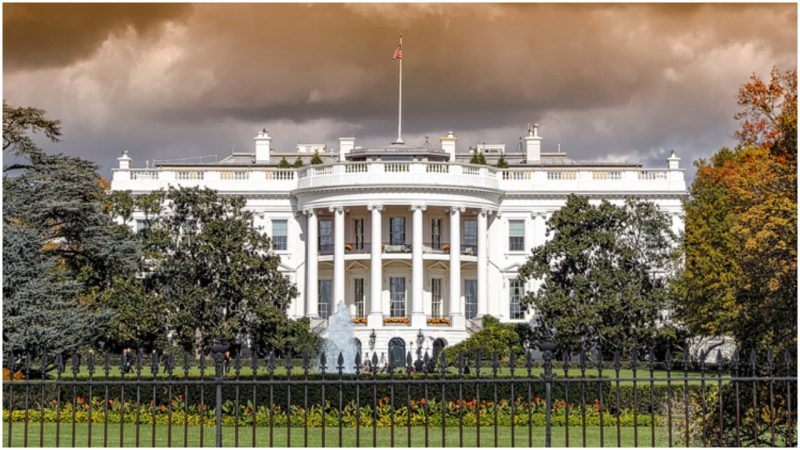Usually when big storms are discussed, it is in terms of the destruction and havoc they wreak.
However, in 1814, a huge storm and an accompanying tornado, although still destructive, actually helped save the American capital from further occupation and destruction by British troops and became known as the “Storm that Saved Washington”.
According to the Constitution Center, on August 24, 1814, just outside of Washington, D.C., British troops, led by Rear Admiral Sir George Cockburn, easily defeated a small American force led by General William Winder and comprised of volunteers.
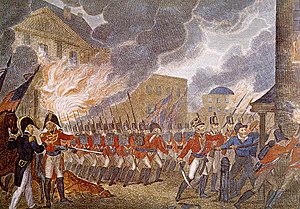
This battle, the Battle of Bladensburg, is reported by the American Battlefield Trust to be in retaliation for American troops having attacked the Canadian capital of York less than a year previously and having burned some government buildings there.
That night, after having defeated the Americans, the British entered the fledgling nation’s capital and burned several buildings including the Capitol and the White House.
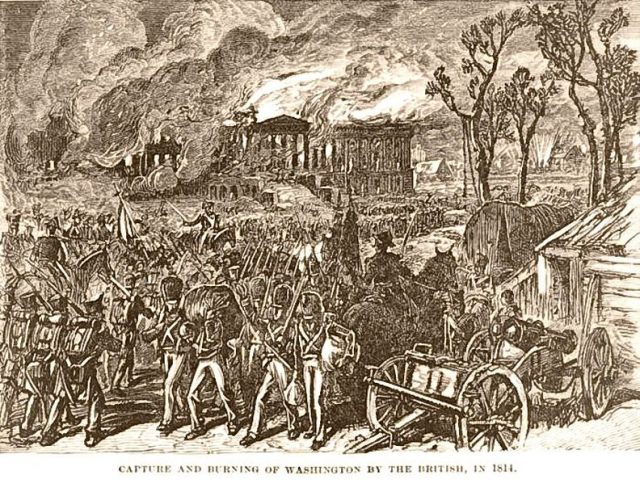
President James Madison and his wife, Dolly, were aware of the threat and had made plans to escape prior to the destruction, but even so, according to the Constitution Center, both the president and Secretary of State, James Monroe, were nearly captured.
Dolly Madison did however manage to save a well-known portrait of George Washington painted by Gilbert Stuart before fleeing.
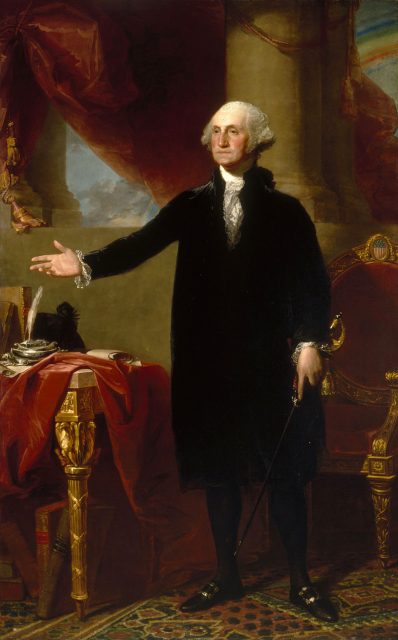
According to the Smithsonian National Portrait Gallery, the portrait is still on view today in the East Room of the White House.
Smithsonian’s website reports that the occupation of the city by the British lasted a mere 26 hours. Storm clouds blew in, and the heavy rain and wind that followed doused the fires that had been set by the British.
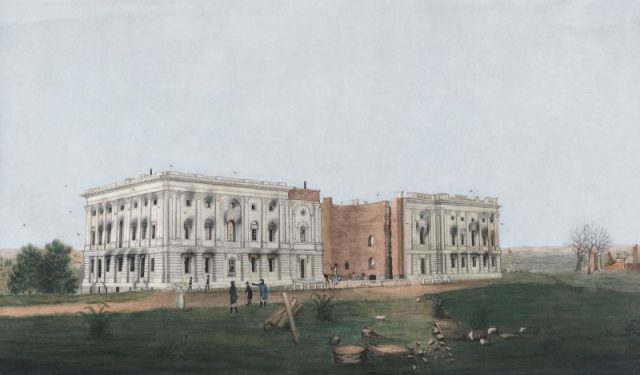
The National Weather Service reports that more British soldiers were killed as a result of the storm than had been killed in the battle the day before.
Two British cannons were even lifted up and moved by the force of the accompanying tornado which ripped through the middle of the city.
What makes this event even more serendipitous for the Americans is that, as Smithsonian reports, there have only been seven other tornadoes recorded in Washington, D.C. in the 204 years since.
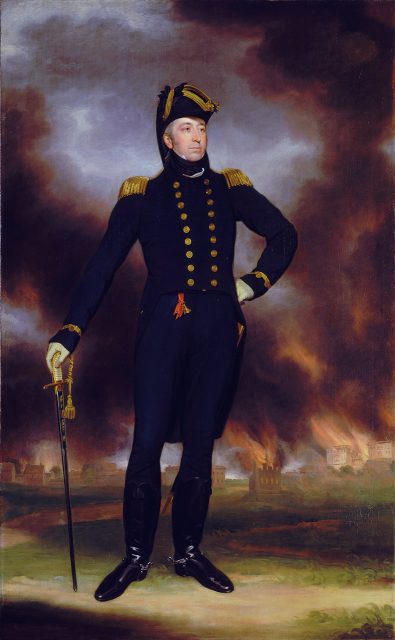
The storm wasn’t all good for the capital, although it did drive off what the American Battlefield Trust reports as the only foreign attack on the nation’s capital until the September 11 terrorist attacks in 2001.
As the Constitution Center reports, the storm and tornado also caused so much destruction that the General Post Office and Patent Office buildings had their roofs torn off by the force of the wind.
Trees were uprooted and buildings were torn from their foundations, according to Smithsonian.
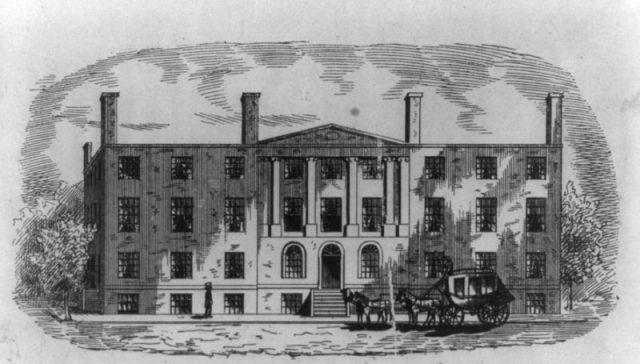
Meanwhile, President Madison had fled to a town called Brookeville, MD, about 18 miles north of Washington, D.C. The town’s website still boasts that, as a result of the president staying there after three full days of travel, their town was “US Capital for a Day”.
The president returned to Washington, D.C. on August 27th, and the rebuilding of the nation’s capital began.
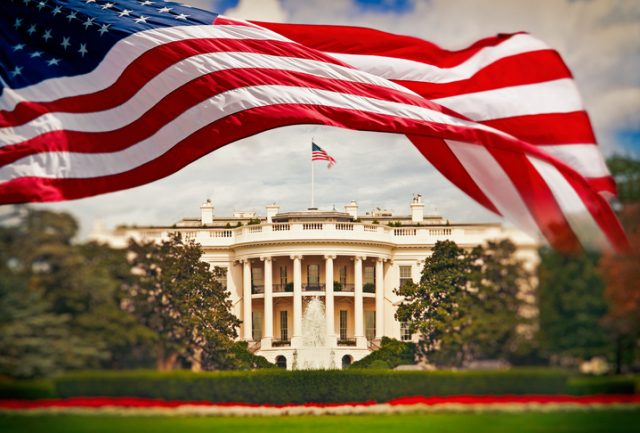
According to the White House Historical Association, some exterior walls of the White House remained, and President Madison decided to rebuild it in the same spot despite opposition from some Congressmen.
There is a myth that the White House is painted white due to the burn marks on the remaining outer walls from the fires, but this is not the case. The Constitution Center notes that the Capitol was also rebuilt and the Library of Congress was restocked by Thomas Jefferson’s book collection.
So, although the storm was very destructive to the capital, it still was well timed because it put out the fires started by the British and ensured that they did not cause even more destruction.
Read another story from us: King Frederick the Great was a Runaway Teen
It is possible that more of the city would have burned down, or the British would have occupied the city for longer, if the storm and tornado hadn’t occurred exactly when they did. In fact, in this battle, it was mostly the “Storm that Saved Washington” which in the end cause the British to retreat.
